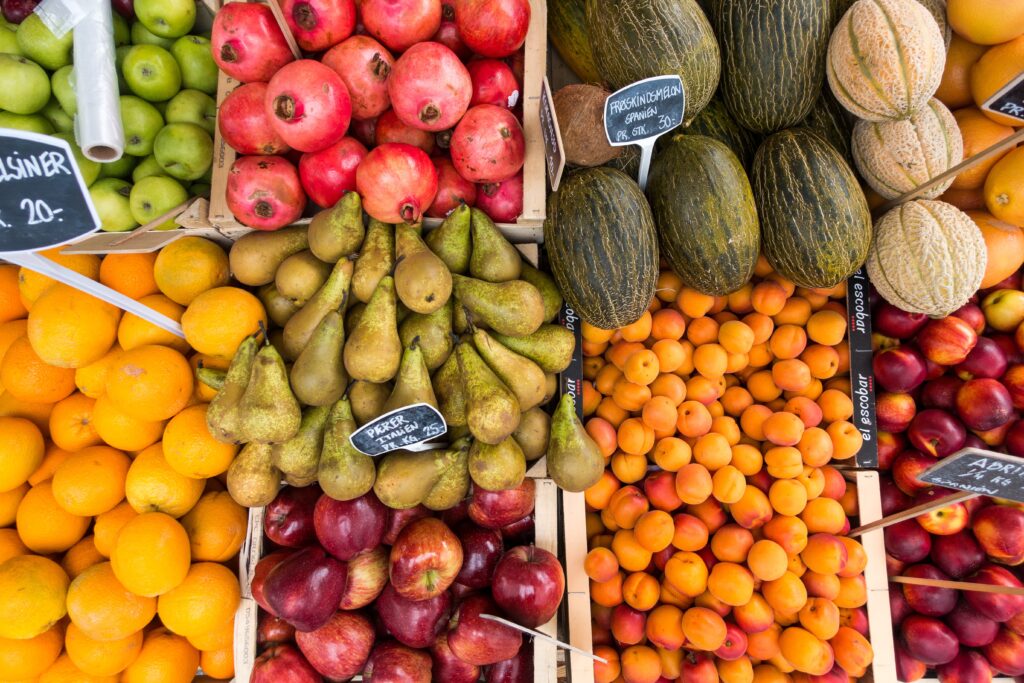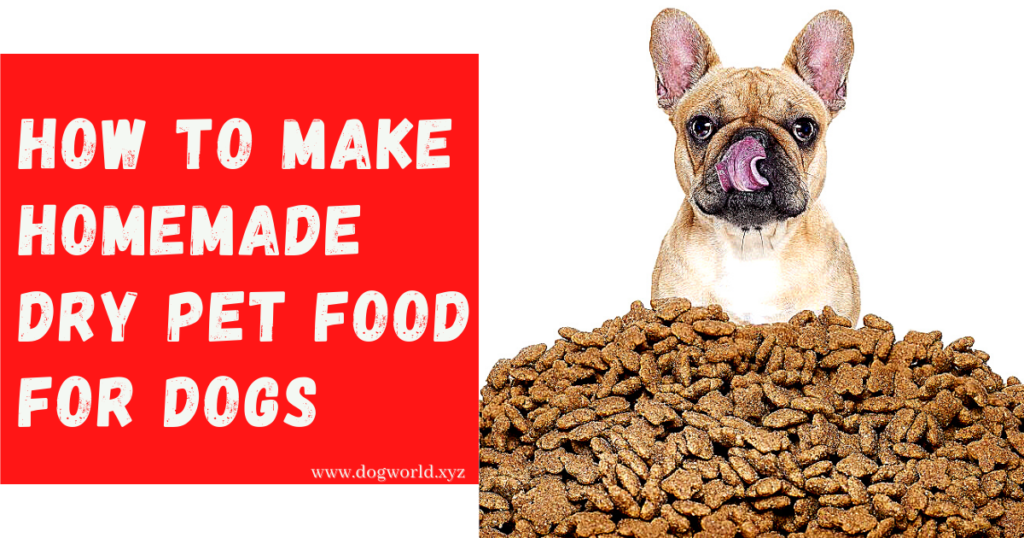legumes
This vegetable group includes bean sprouts and alfalfa, cooked beans such as kidneys, pinto, and lentils, and peas. The topic of legumes in dog food has recently appeared on the news. This is because a recent FDA update that claims that dogs that eat pet food with legumes or potatoes are at the top of the ingredient list has a dog enlargement report (DCM). If your dog’s diet is highly dependent on nuts or potatoes, you must not only avoid giving your dog more than this group of plants but also consider reducing the level of legumes in the dog’s staple food. i.e. Change dog food.
A note about green beans: Because of their taste and easy digestion, green beans are the most commonly consumed vegetable for dogs. Please note that regardless of the name, green beans are not classified as beans and therefore do not guarantee the recommended limits for native beans.
Allien
Aliens are vegetables such as onions, garlic, leeks, garlic, and onions. Don’t give your dog access to these plants because they are poisonous to dogs. The negative side effects of eating onions or garlic in dogs range from an upset stomach to the development of anemia, which can worse cause organ failure.
Broccoli, Brussels sprouts, cauliflower, corn, and cucumbers

All of these vegetables are safe for your dog, but like other vegetables, you should store them in small amounts – especially if your dog is not accustomed to eating these foods. Be sure to remove the corn from the corn cobs before passing them to your dog. Although corncobs aren’t bad to eat even for dogs, they can be easily swallowed whole or in chunks, which can cause suffocation or intestinal disorders.
Every time you change your dog’s diet, consult your veterinarian, do it slowly, and care for your dog. If you follow these guidelines, adding vegetables to your puppy’s food can help them maintain a more varied diet.
Open the next page to continue reading…
Sponsored
Share
[Sassy_Social_Share]
Sponsored






